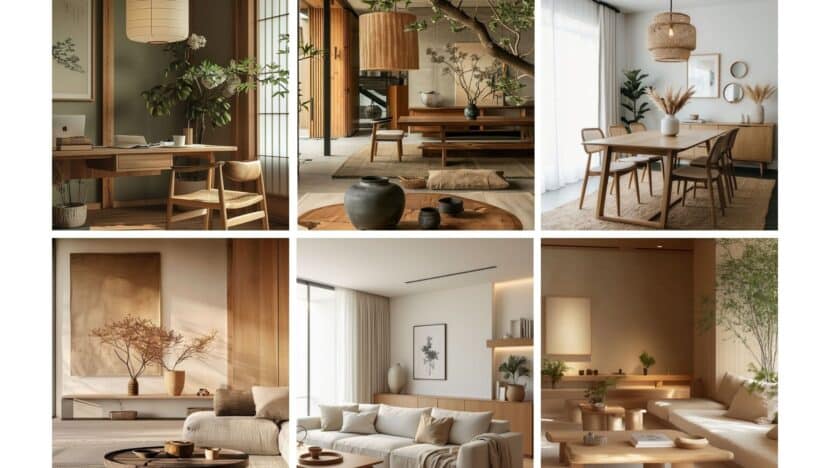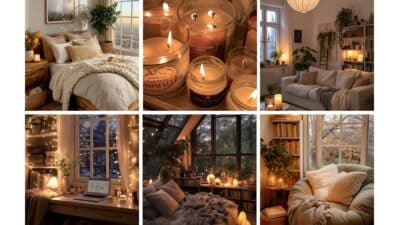Japandi, Scandinavian minimalism, and neo-deco are making waves in interior design, redefining what it means to have a modern home. These distinct styles capture the current desire for spaces that feel both practical and visually striking, offering room for personal expression while keeping things clutter-free and elegant. If you’ve caught yourself drawn to serene, organized rooms or bold details that stand out, you’re already tapping into trends that are at their peak right now.
Japandi perfectly blends Japanese minimalism with Scandinavian function, focusing on quality craftsmanship, natural materials, and a calming color palette. Scandinavian minimalism emphasizes simplicity and warmth, while neo-deco updates classic art deco elements with modern flair, mixing geometric patterns and rich textures in approachable ways. Explore how these styles look great on their own or work together for a space that’s truly unique and contemporary.
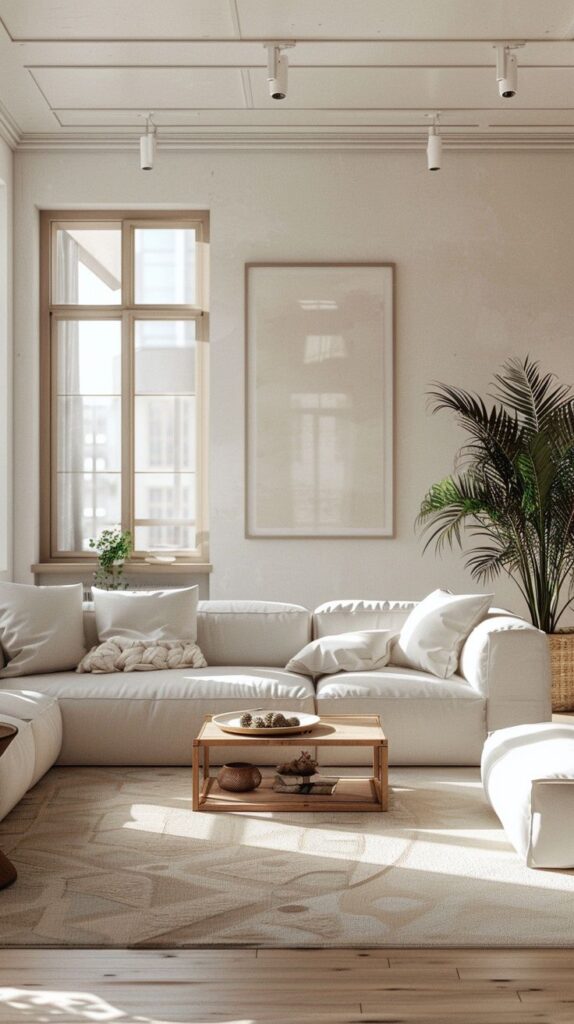
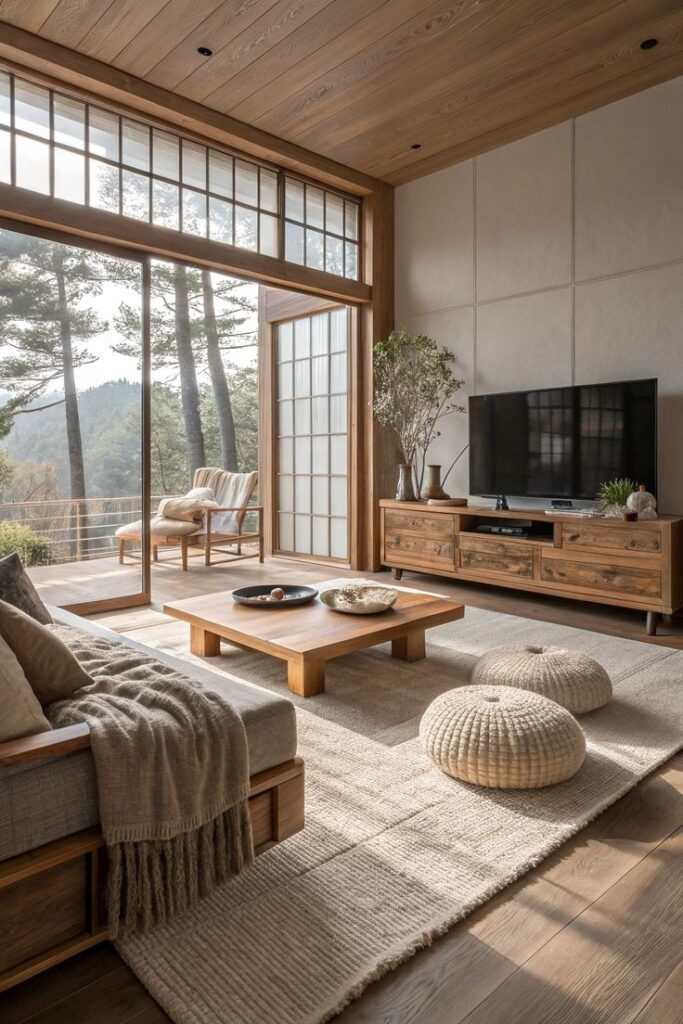

Key Takeaways
- These styles balance comfort and beauty in modern homes
- Combining them creates personalized, inviting spaces
- Each offers a fresh approach to streamlined, stylish living
What Makes Japandi, Scandinavian Minimalism, and Neo-Deco So Popular?
Japandi, Scandinavian minimalism, and neo-deco have captured attention for their thoughtful blend of function, comfort, and unique identity. Each style offers a different approach to creating a beautiful yet livable space.
Origins and Influences
Japandi is the result of blending Japanese minimalism with Scandinavian functionality. You get simplicity, neutral palettes, and focus on craftsmanship from both cultures.
Scandinavian minimalism comes from Nordic traditions, where harsh climates and limited daylight led to an emphasis on bright, airy spaces, clean lines, and cozy touches. Natural materials like wood, wool, and leather dominate these interiors.
Neo-deco is a revival of classic Art Deco style, updated for contemporary homes. Bold shapes, geometric patterns, and touches of luxury—brass accents, marble details, and rich colors—set it apart while bridging the gap between vintage elegance and modern sensibility.
Cultural Significance
Japandi design reflects values of wabi-sabi (embracing imperfection) and lagom (balanced living). You’ll notice a strong emphasis on tranquility, connection to nature, and sustainable choices.
In Scandinavian minimalism, the principle of hygge (coziness and well-being) is central. You are invited to create a warm, welcoming environment that encourages relaxation and simplicity—a direct response to the local climate and culture.
Neo-deco, by contrast, celebrates individuality and self-expression. This style nods to 1920s and 30s glamour but allows you to update classic motifs for your own taste, making it a symbol of creativity and confidence in interior design.
Growing Appeal in Modern Interiors
These styles thrive because they balance aesthetics and practical living. Japandi and Scandinavian minimalism both promote uncluttered spaces and prioritize items that are both functional and visually pleasing. They are easy to maintain and help you relax.
Neo-deco attracts those who want statement-making interiors without overloading on excess. You can combine bold patterns or artful lighting with modern pieces, creating rooms that feel personal yet cohesive.
A quick reference table:
| Style | Notable Qualities | Key Materials | Signature Element |
|---|---|---|---|
| Japandi | Serenity, minimalism | Wood, stone, bamboo | Simple, functional forms |
| Scandinavian Minimal | Brightness, coziness | Light woods, wool, linen | Clean, airy lines |
| Neo-Deco | Drama, sophistication | Brass, marble, velvet | Geometric patterns |
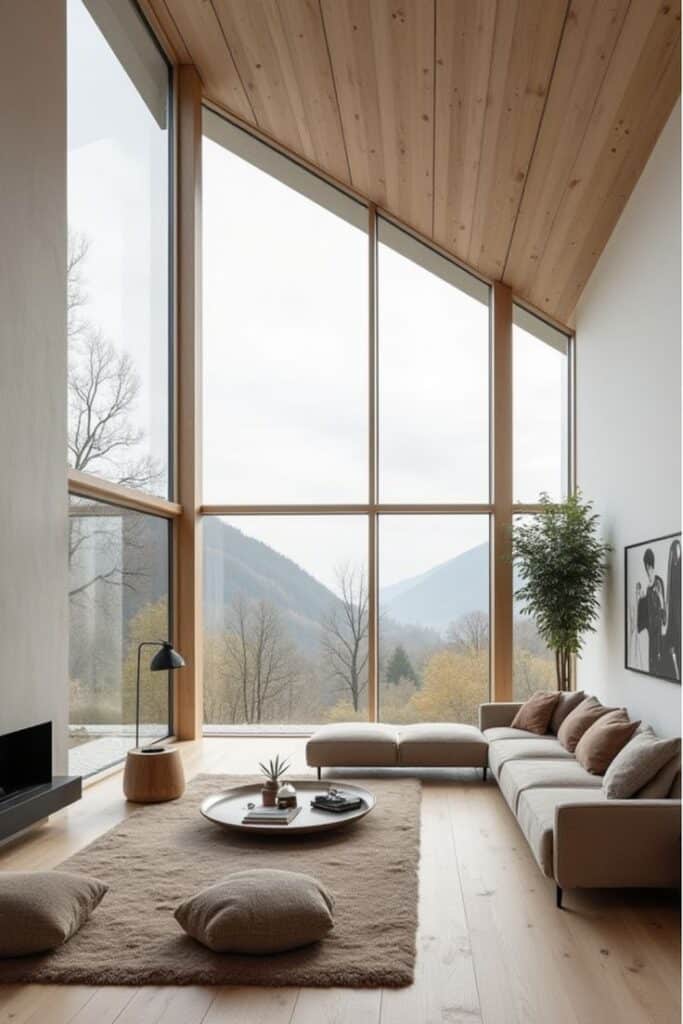
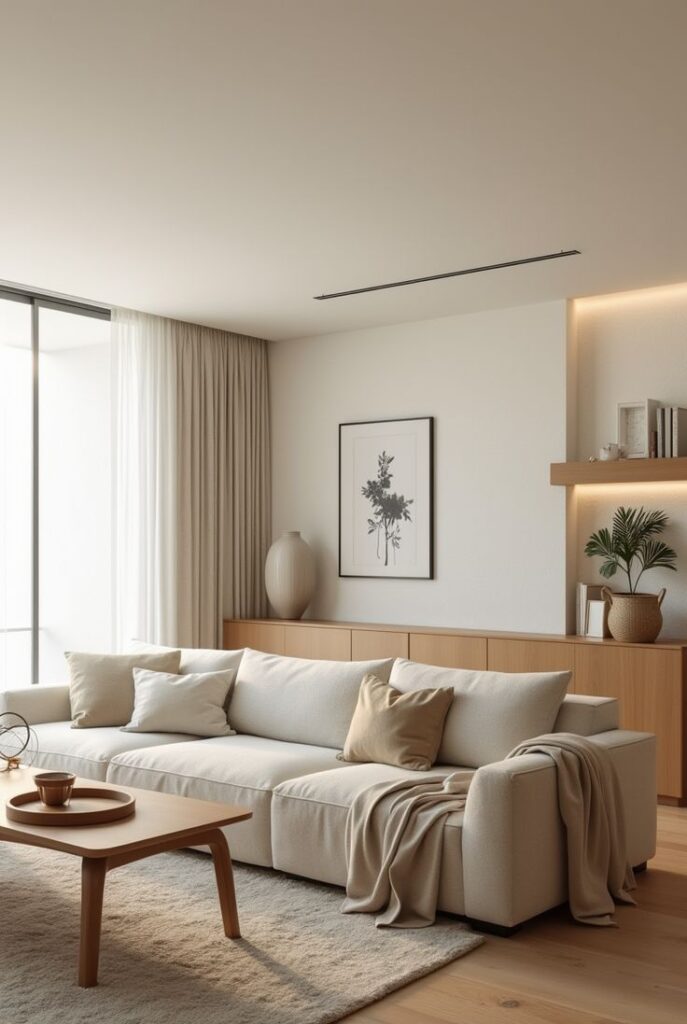
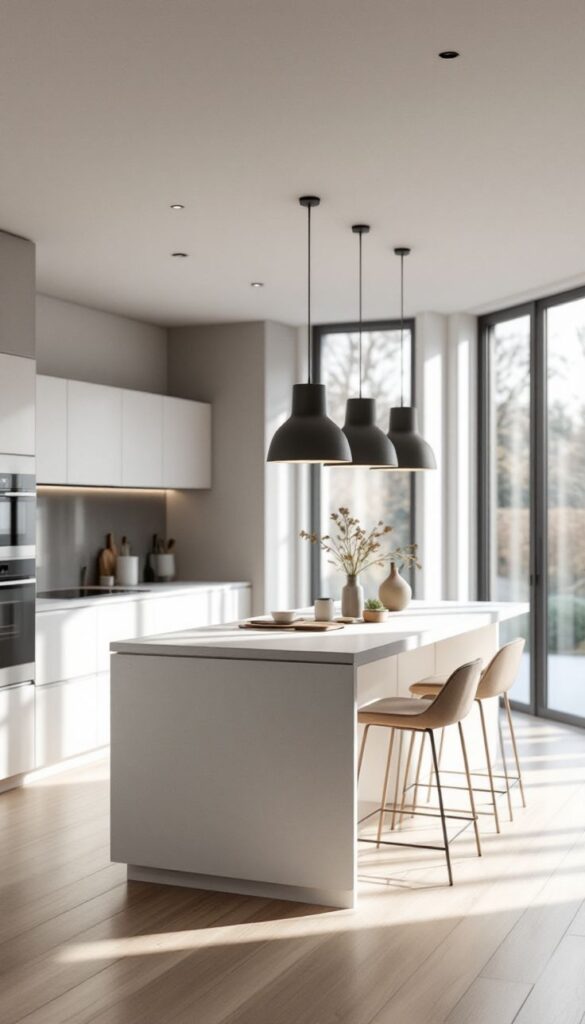
Defining Japandi: A Harmonious Fusion
Japandi blends Japanese minimalism with Scandinavian functionality, creating spaces that encourage tranquility and practical comfort. This style stands out through its focus on simplicity, craftsmanship, and a strong sense of balance in every detail.
Key Elements of Japandi Style
Japandi style centers on the concept of “less is more.” You’ll notice uncluttered layouts with plenty of open space, allowing each piece in the room to have both a purpose and a presence.
Clean lines and low-profile furniture are typical, lending an understated, calming feel to individual rooms. Surfaces are tidy and decor is intentionally chosen, often focusing on handmade objects or natural textures.
There’s a strong value placed on craftsmanship and authenticity. Everyday items—like ceramics, baskets, or wooden stools—are not just functional but add visual warmth and personal meaning to your interior.
Core Elements:
- Open spaces with minimal distractions
- Functional, low furniture
- Handcrafted, meaningful decor
- Uncluttered, calm environments
Color Palette and Materials
Japandi interiors use muted, natural colors that echo both Japanese and Scandinavian sensibilities. You’ll find earthy tones such as taupe, soft gray, beige, and off-white, mixed with deeper hues like charcoal or forest green for subtle contrast.
Materials are primarily organic and sustainable. Expect to see untreated woods, bamboo, linen, cotton, and ceramic. These surfaces bring in tactile comfort and visual interest, without overwhelming the senses.
Occasional black accents or soft pastels keep the palette from feeling flat. The key is to maintain a sense of warmth and approachability, rather than stark minimalism.
| Material | Typical Use | Visual Effect |
|---|---|---|
| Wood | Flooring, decor | Warm, grounding |
| Linen/Cotton | Textiles | Soft, inviting |
| Ceramics | Accessories | Texture, interest |
| Bamboo | Accents, blinds | Natural detail |
| Paper | Lamps, screens | Soft light, privacy |
Balancing Functionality and Aesthetics
In Japandi interiors, beauty never comes at the cost of function. Every piece you add serves a dual role: it looks good, and it serves a purpose.
Furniture is multi-functional and often includes hidden storage, helping you maintain a clutter-free space. Tables, benches, and shelving are selected for durability as much as for design.
Decor is pared back and curated—think a single artisanal vase or a statement pendant lamp rather than multiple small trinkets. Visual simplicity makes the most of light and space, while useful objects double as beautiful accents.
You get a home that’s both calming and practical, with every choice aimed at supporting day-to-day living as well as visual enjoyment.
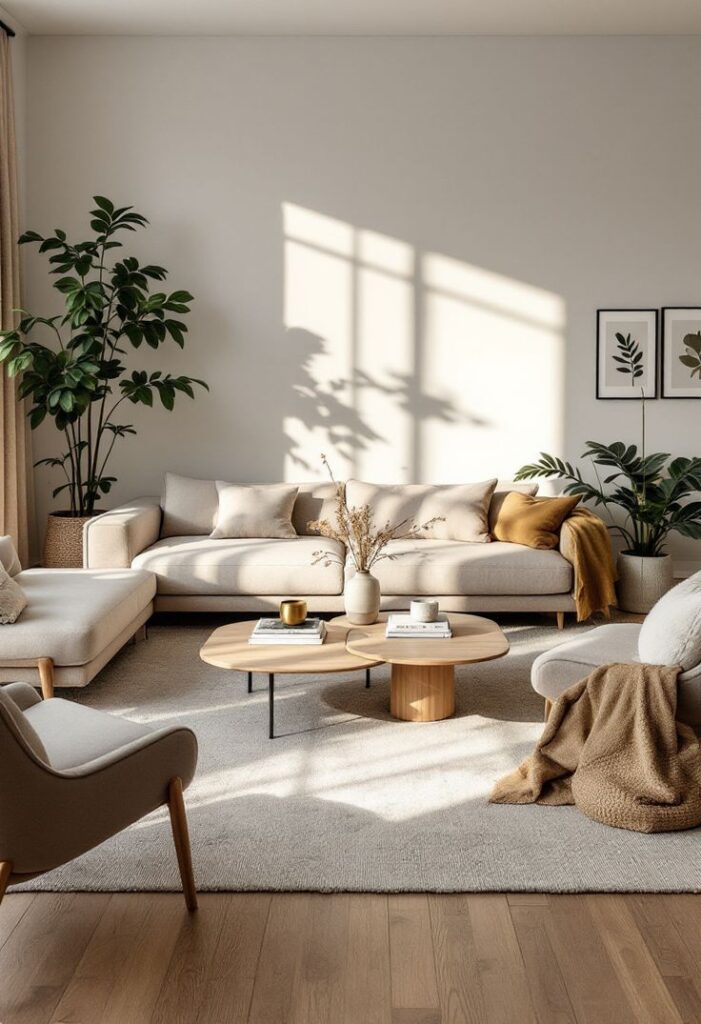
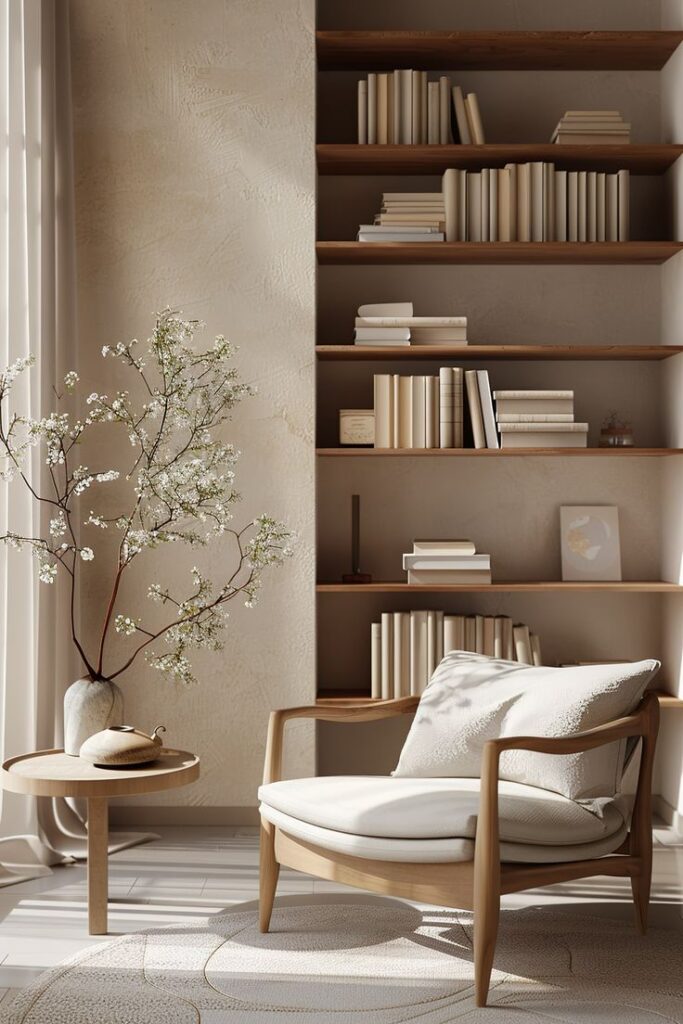
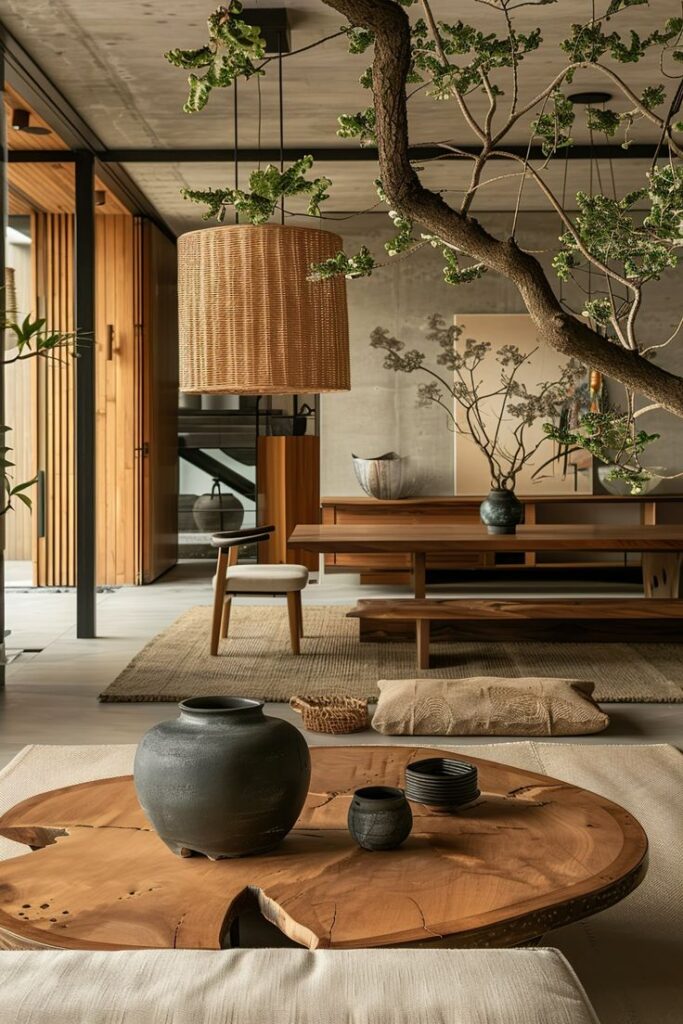
Scandinavian Minimalism: Simplicity and Serenity
Scandinavian minimalism centers on making homes both functional and welcoming, with an emphasis on clean lines and uncluttered spaces. Practical furniture, natural materials, and an appreciation for daylight shape its comforting and timeless approach.
Core Principles of Scandinavian Minimalism
Scandinavian minimalism is built around the idea that less can be more. You’ll find spaces free of excess, where everything has a purpose. The focus is on clarity, organization, and utility rather than ornate decoration.
Colors are usually muted—whites, soft greys, and pale blues dominate. This palette keeps rooms feeling open and bright, even during long northern winters. Items are selected not only for their look, but also for their function, avoiding anything that introduces clutter.
Simple, honest materials like wood, leather, and wool create a natural warmth. Minimal ornamentation and a preference for craftsmanship shine through in every corner, encouraging you to appreciate humble beauty and quality.
Use of Light, Space, and Nature
Bringing light indoors is a key concern in Scandinavian homes. Large windows often remain unadorned or only lightly dressed, letting as much daylight in as possible. Mirrors and glossy surfaces are used to amplify available light, making each space feel more expansive.
The layout of furniture and rooms prioritizes open space. You’ll notice a sense of airiness, with carefully chosen pieces leaving plenty of room to move around. Greenery—such as potted plants or cut branches—creates a link with nature even in city apartments.
Natural elements extend to building materials. Wooden floors, stone accents, and linen textiles are common. These touches invite a sense of calm, warmth, and connection to the outdoors.
Signature Scandinavian Furnishings
Scandinavian furniture is instantly recognizable for its simplicity and usefulness. Pieces have smooth, clean lines and often feature pale woods like ash or birch. You’ll see functional, modular sofas, lightweight chairs, and compact tables that adapt to changing needs.
Classic examples include the Finn Juhl armchair, the sleek Arne Jacobsen Egg chair, and minimalist shelving units. Many staples of this style are designed with both comfort and longevity in mind, using high-quality materials and ergonomic forms.
Textures matter, too. Wool throws, sheepskin rugs, and textured cushions break up otherwise simple surfaces, adding a cozy layer without disrupting the minimalist philosophy. Each piece is chosen to stand the test of time, both in style and durability.
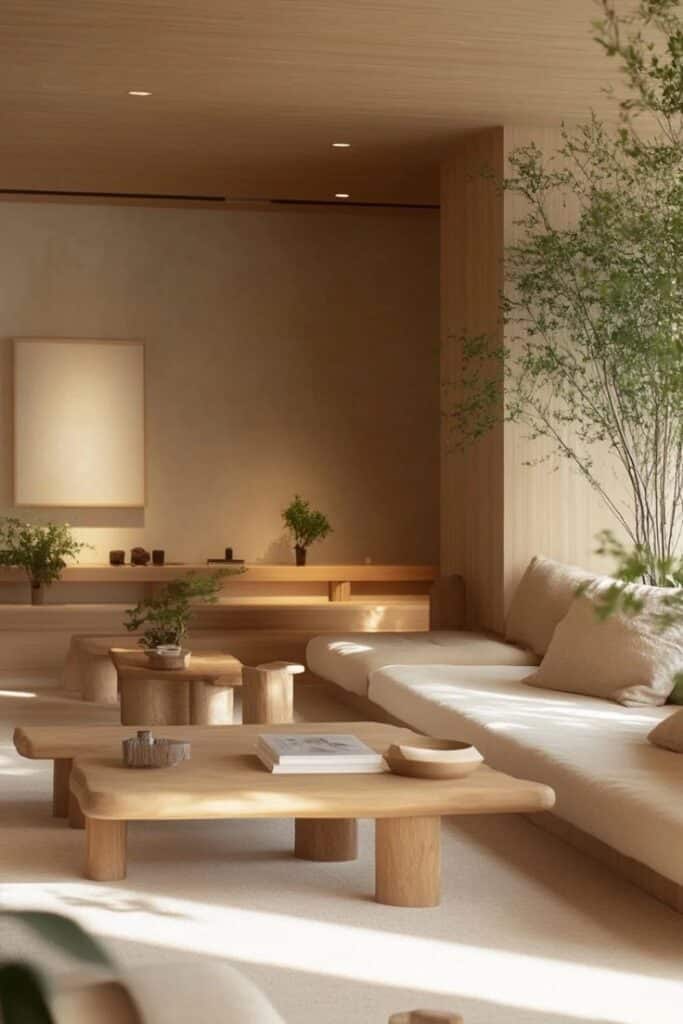
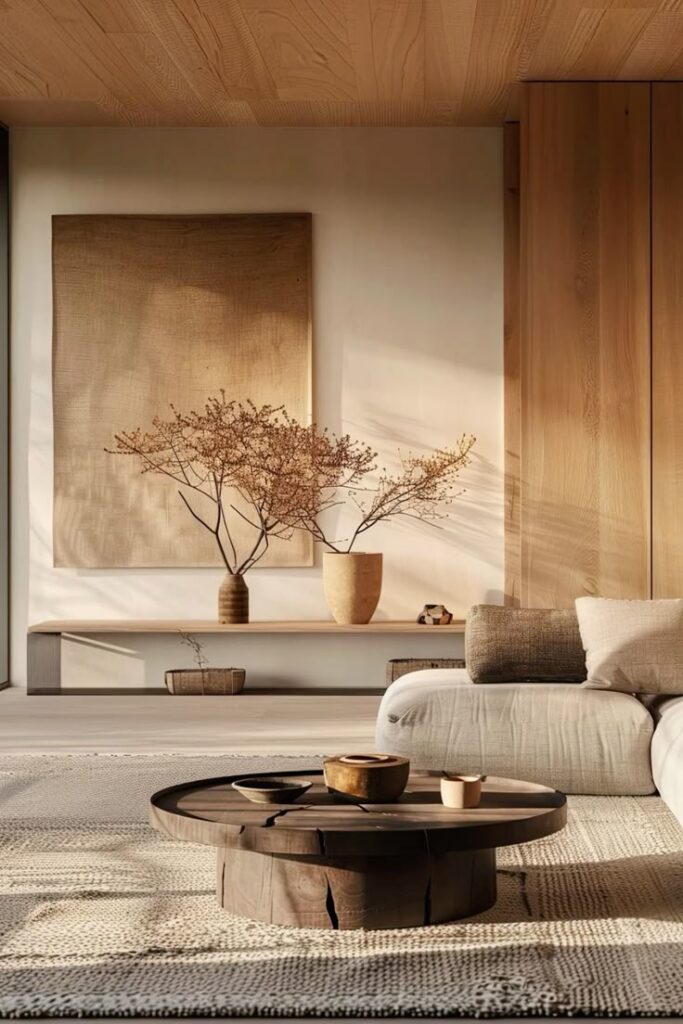

Neo-Deco: The Modern Evolution of Art Deco
Neo-Deco revives the timeless elegance of Art Deco for a new era, blending vintage glamour with updated simplicity. Clean lines, symmetry, and luxurious touches come together with today’s design trends for spaces that feel both classic and fresh.
Defining Features of Neo-Deco
Neo-Deco embraces the bold geometry of classic Art Deco but pares it down for modern tastes. You’ll often see sharp angles, stylized motifs, and strong symmetry that create balance without feeling cluttered.
Simplicity replaces ornate details, focusing on streamlined forms. Instead of intricate patterns, you get subtle inlays, sleek profiles, and repeating shapes. Furniture often features rounded corners or stepped edges—a nod to the 1920s—while accent pieces use geometric silhouettes.
To highlight the most recognizable elements:
| Element | Description |
|---|---|
| Geometry | Zigzags, chevrons, arches, and spheres |
| Symmetry | Mirrored layouts and repetition |
| Metallic Details | Gold, brass, chrome, and black accents |
| Luxe Materials | Glass, mirrors, velvet, lacquer |
This approach keeps your space elegant but never overwhelming.
Modern Materials and Hues
Neo-Deco uses contemporary materials that echo the opulence of its origins but are more practical for today. Brushed gold, dark or lacquered wood, marble, and glass are common. You might find velvet or leather upholstery, often paired with sleek metal legs or marble tops.
Colors stay sophisticated and somewhat muted. Deep blues, forest green, charcoal, and burgundy add richness, while creams, taupe, and black keep things grounded. Metallic accents in gold or chrome provide a pop of glamour.
You can experiment with matte finishes alongside glossy surfaces, giving your home a layered and tactile look. Use bold colors with restraint—think accent walls or artwork instead of full-room treatments.
Integrating Neo-Deco into Contemporary Spaces
It’s easy to bring Neo-Deco into your home without a full renovation. Start with a statement piece, like a rounded club chair, geometric mirror, or marble coffee table with brass trim.
Mix Neo-Deco elements with minimalist or modern furniture to avoid an overly themed look. Keep accessories purposeful: use sculptural lamps, patterned rugs, or velvet cushions to hint at Deco lines.
Wall art is another entry point—look for abstract works with sharp shapes or metallic detailing. Lighting matters, too; try globe or linear fixtures in polished finishes. Keep décor balanced by limiting the number of ornate pieces, letting each one stand out.
Blending the Styles for a Peak Contemporary Look
Mixing Japandi, Scandinavian minimalism, and Neo-Deco styles allows you to create interiors that balance calmness, warmth, and a touch of expressive flair. These combinations offer sophistication, comfort, and a fresh sense of individuality for your space.
Combining Japandi and Scandinavian Minimalism
Japandi and Scandinavian minimalism both value simplicity, function, and natural materials, but each adds its own unique flavor. With Japandi, you’ll find tranquil, earthy tones, clean lines, and purposeful furniture. Scandinavian minimalism introduces softer textures, bright airy spaces, and a strong focus on practicality.
To merge them, select a neutral color palette—think whites, greys, and muted greens or taupes. Use light woods, simple shapes, and avoid excess ornamentation. Focus on a few well-crafted items that serve multiple purposes.
Here’s a quick comparison to help guide your choices:
| Feature | Japandi | Scandinavian Minimalism |
|---|---|---|
| Main Colors | Earthy neutrals | Cool light neutrals |
| Materials | Bamboo, linen, oak | Blonde woods, wool |
| Key Focus | Calm and efficiency | Function and brightness |
Keep surfaces uncluttered. Add greenery with simple ceramic or stoneware planters to reflect both aesthetics.
Neo-Deco Accents in Minimalist Interiors
Neo-Deco brings detail and personality without sacrificing clarity. This style is known for geometric patterns, metallic touches, and bold graphic elements that contrast nicely with minimalism. You can introduce Neo-Deco by limiting these accents to lighting, hardware, or textiles.
Choose geometric rugs or cushions in black, gold, or deep blue. Brass or matte gold fixtures offer understated elegance. Consider a statement Art Deco mirror above a minimalist console, or opt for patterned glass on cabinet doors.
Tip: Use no more than two Neo-Deco features per room to avoid visual clutter. Balance them with plain walls and streamlined furnishings, keeping your space open and harmonious.
Tips for Creating a Personalized Space
To make your blend unique, focus on what feels comfortable and authentic to you. Start by picking a style as your “base” and then layer in elements from the others. For example, stick to minimal Japandi furniture, then add a Neo-Deco lamp or scalloped velvet stool.
Use personal objects thoughtfully, such as ceramic pieces, art prints, or books that reflect your tastes. Arrange them in groups of odd numbers or use open shelving for display, keeping the arrangement visually quiet.
Mixing a few textures—smooth wood, brushed metal, or woven textiles—creates interest while staying cohesive. Stick to a consistent color range and be selective so that every item in the room serves either a function or brings you joy.


